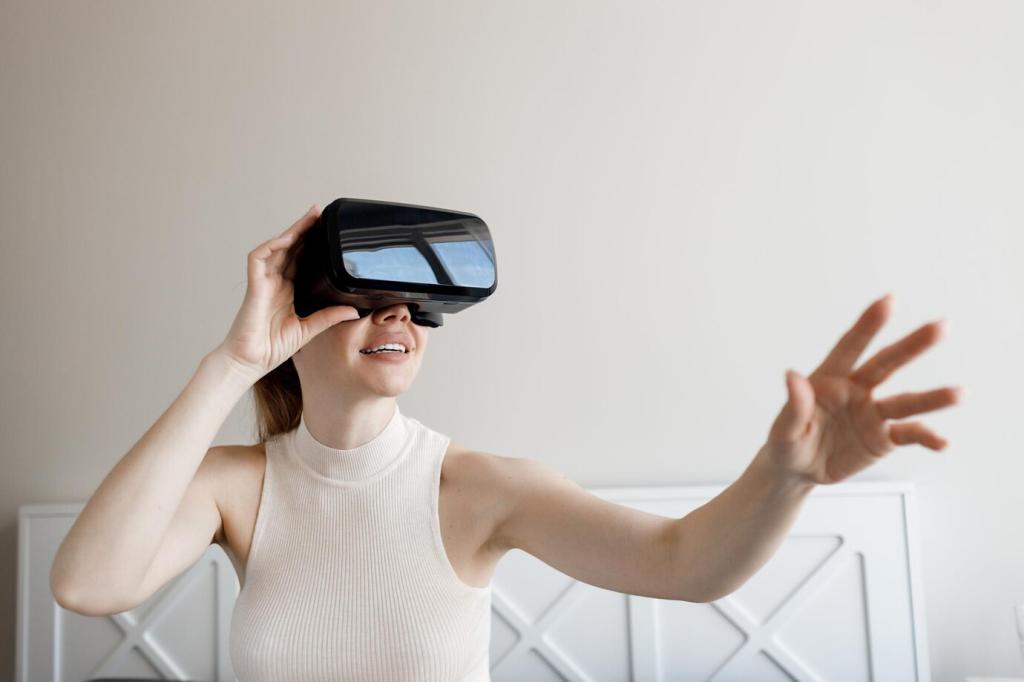Designing the Future: Innovative User Interfaces in AR
Chosen theme: Innovative User Interfaces in AR Design. Explore how spatial interactions, intuitive cues, and human-centered patterns transform augmented reality from novelty to necessity. Join the conversation, share your experiments, and subscribe for weekly hands-on insights.
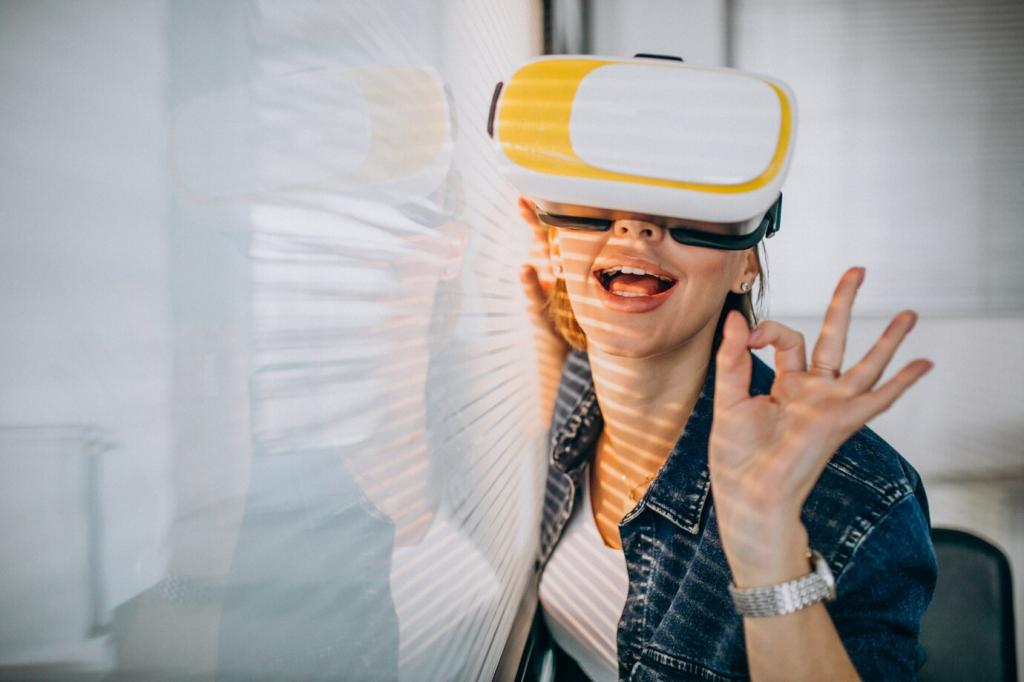
Core Principles for Innovative AR UI
Spatial Context and Anchors
Great AR UI lives in context. Pin instructions to real surfaces, align affordances with objects, and use depth cues that match lighting. We once anchored a repair guide atop the actual valve, reducing confusion and task time by nearly half.
Gestural and Voice Modalities
Hands, eyes, and voice form a natural trio. Combine subtle pinch gestures for precision with gaze for targeting and voice for intent. Invite users to calibrate their comfort. Which combo feels most natural to you during longer sessions?
Comfort and Safety by Design
Innovative does not mean exhausting. Limit sustained arm elevation, avoid rapid depth shifts, and signal occlusions clearly. We found micro-rest moments and horizon-stabilized panels dramatically reduce fatigue. Share your best comfort tricks with our community.
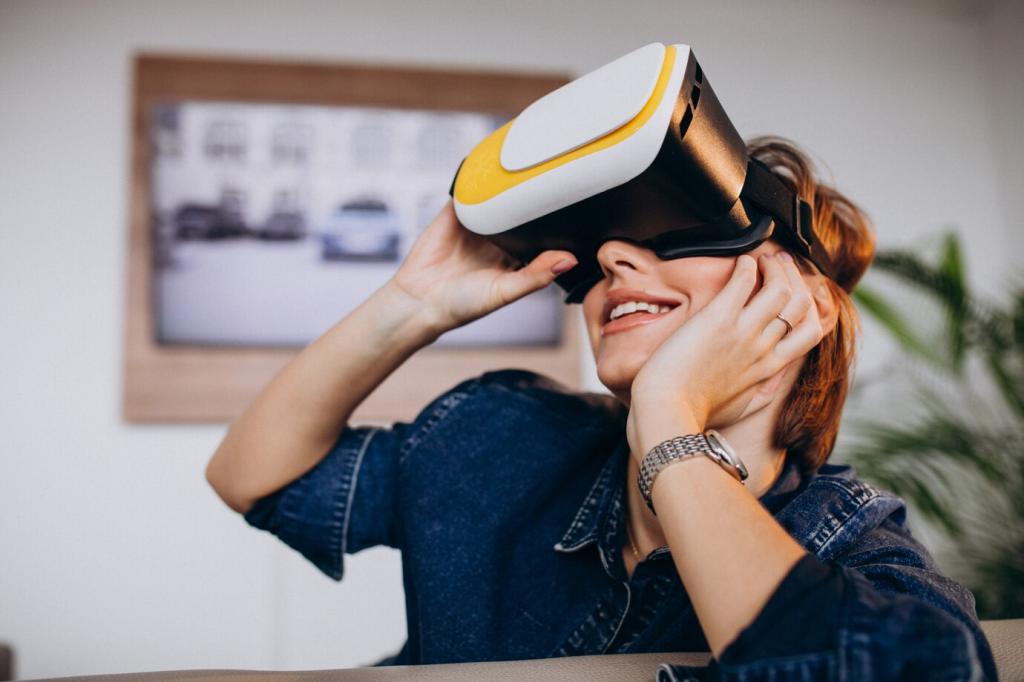
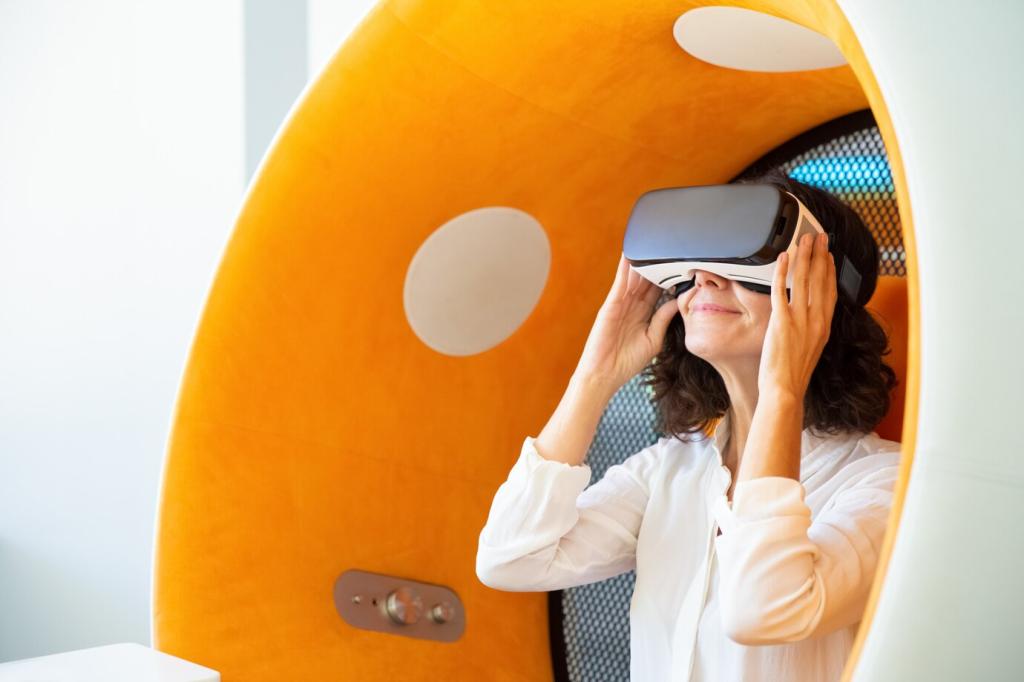
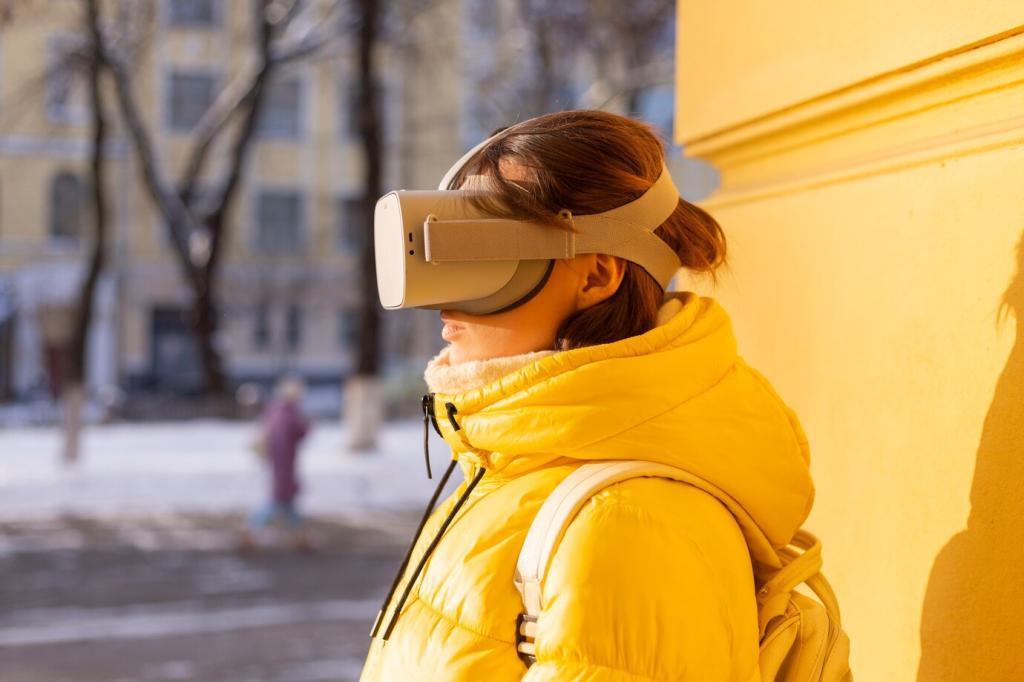
Interaction Patterns That Work in 3D
Grabbing objects directly feels magical until precision suffers. Proxy handles and anchored toolbelts offer control without occlusion. In one prototype, switching to handles cut accidental rotations dramatically. Tell us where you prefer proxies over direct grabs.
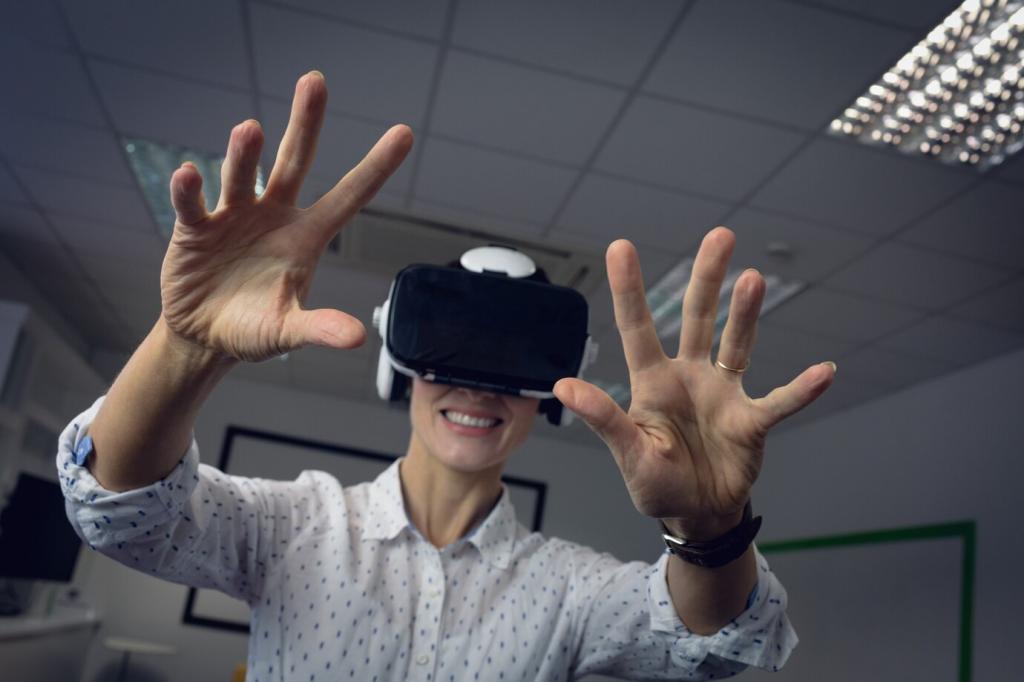
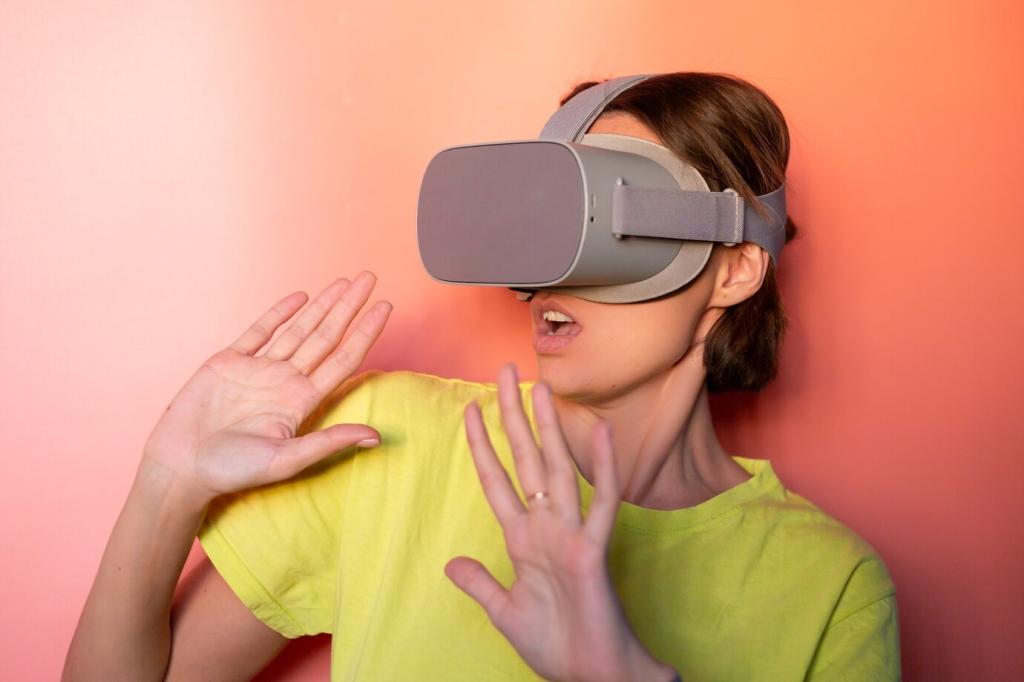
Interaction Patterns That Work in 3D
Targets behave differently in depth. Larger at distance, smaller nearby, and always responsive to gaze confidence. Use dwell as a gentle selection with escape gestures. We tuned dwell to task complexity and saw fewer inadvertent activations.
Storytelling and Onboarding in AR UI
Embed hints into the world. A glowing ring around the real knob that needs turning beats a floating diagram. Our onboarding narrative used ambient arrows that faded as mastery grew, making guidance feel respectful rather than instructional.
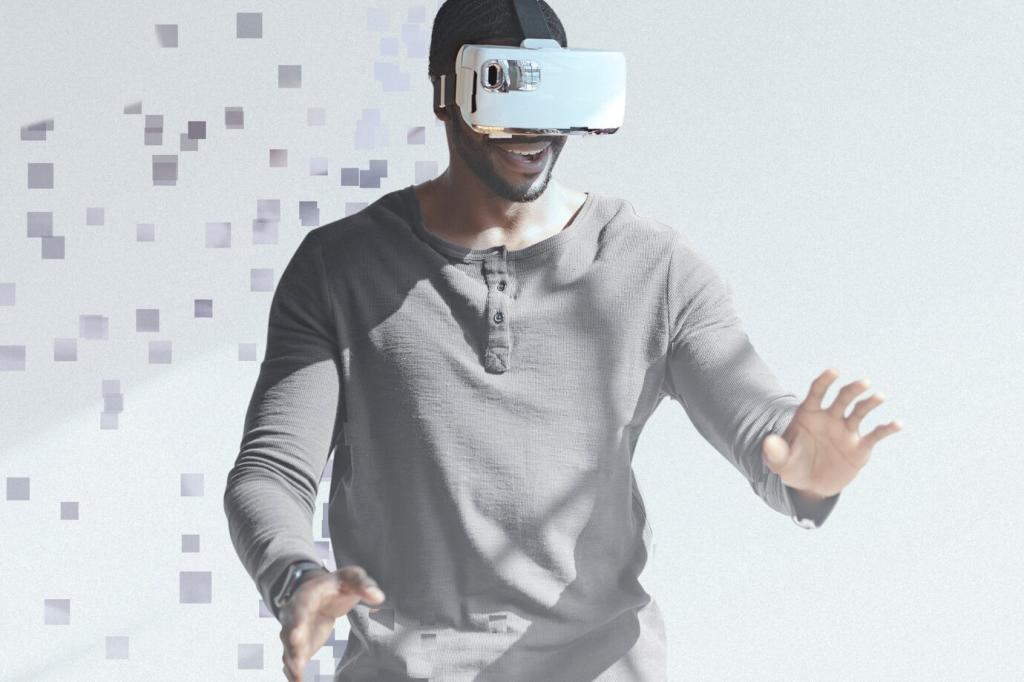
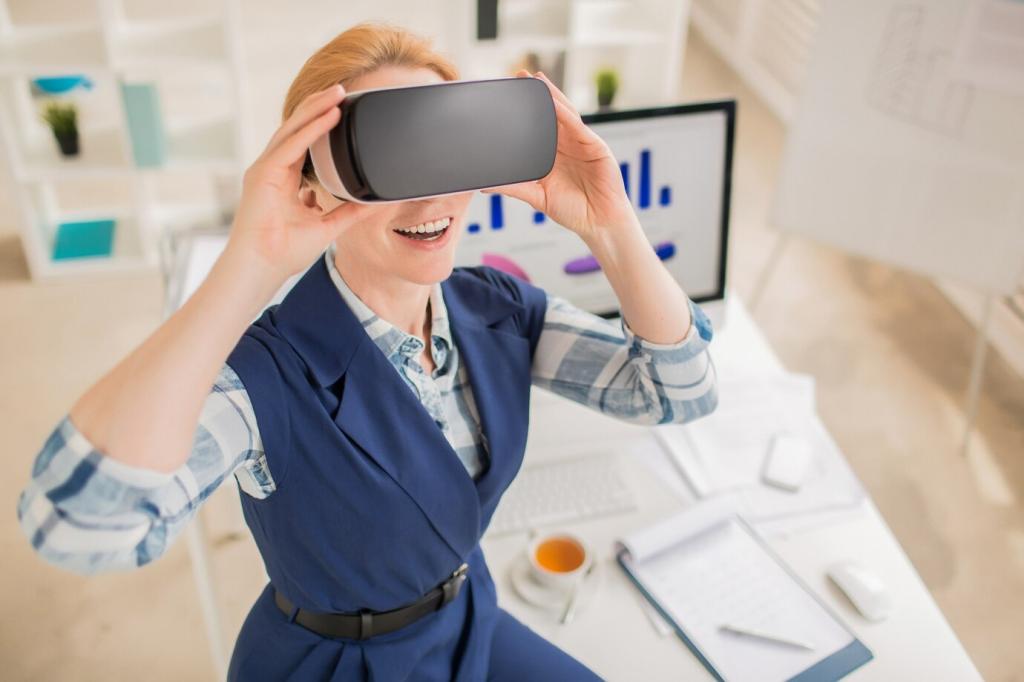
Storytelling and Onboarding in AR UI
Reveal complexity only when needed and only where it belongs. Keep core actions within comfortable reach and summon advanced tools to peripheral zones. Share how you pace discovery without cluttering the user’s immediate field of view.
Accessibility and Inclusion in AR Interfaces
Offer flexible inputs: large gestures, subtle finger taps, gaze, and voice. Layer captions, audio descriptions, and high-contrast outlines. A participant with limited range thrived when we added elbow-down shortcuts—small change, huge inclusion.
Accessibility and Inclusion in AR Interfaces
Set type for depth and motion. Use generous x-height, dynamic scaling, and background defocus to maintain legibility. We standardized minimum angular size rather than pixels. What font treatments work best in your lighting conditions and workflows?
Accessibility and Inclusion in AR Interfaces
Place controls within common reach envelopes and support seated use. Auto-adjust UI planes to eye level and allow manual offset. During testing with taller technicians, adaptive docking prevented constant neck flexion and improved overall task endurance noticeably.
When mapping spaces or identifying objects, ask clearly and early. Use unmistakable recording indicators and granular toggles. We saw satisfaction rise when users could pause capture mid-task without losing context or progress completely.
Ethics, Privacy, and Trust Cues in AR UI
Real-World Case Notes and Lessons
Anchored shelf highlights worked until lighting changed. Switching to edge outlines with adaptive contrast restored reliability. Pickers asked for wrist-level confirmations, cutting head movement. Have you wrestled with unpredictable industrial lighting conditions recently?
